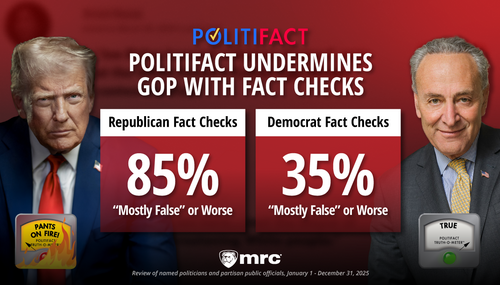The number of jobs created in March exceeded expectations by nearly a hundred thousand while the unemployment remained in a narrow 0.2 percentage point range for the 11th straight month, the U.S. Bureau of Labor Statistics (BLS) reported Friday.
While analysts were looking for 135,000 jobs to be added in March, total seasonally-adjusted nonfarm payroll grew by 228,000 – higher than both the past year’s 158,000 monthly average and the 200,000 benchmark considered “average.”
Among the major industry sectors, private sector job growth exceeded expectations. Compared to February, notable changes in employment include:
- Health care added 54,000 jobs.
- Retail trade added 24,000 jobs.
- Food and beverage retailers added 21,000 jobs.
- Government jobs fell 4,000.
- Leisure and Hospitality added 43,000 jobs.
- Construction added 13,000 jobs.
- Transportation and Warehousing added 23,000 jobs
The growth in health care was in line with its 52,000 monthly average over the past year. Workers returning from a strike contributed to the job gain in food and beverage retailer employment.
Federal government employees on paid leave or receiving ongoing severance pay are counted as employed in the establishment survey.
As a result, the decline in federal government employment (-4,000) was far less than February’s loss (-11,000), despite the Department of Government Efficiency’s (DOGE) moves that reduced the size of the federal government.
Still, the nation's reliance on government for job growth has significantly decreased, the White House said in a statement reacting to Friday's BLS report:
“Under Biden, government and government-adjacent employment accounted for nearly three-fourths of new employment. Under President Trump, that number dropped to just 42% in March.“
While March’s 4.2% unemployment rate inched up a tenth of a point from February’s 4.1% level, the unemployment rate has remained in a narrow range of 4.0% to 4.2% since May 2024 (4.0%).
The change in total nonfarm payroll employment for January was revised down by 14,000, from +125,000 to +111,000, and the change for February was revised down by 34,000, from +151,000 to +117,000. Together, employment in January and February combined is 48,000 lower than previously reported.




